The Salar de Uyuni in Bolivia is a natural wonder that captivates travelers and scientists alike. Spanning over 10,000 square kilometers, it is the world’s largest salt flat. But what truly sets it apart is its mesmerizing mirror effect, a phenomenon that transforms the vast white expanse into a surreal, reflective surface. This optical illusion occurs under specific humidity conditions, creating a spectacle that blurs the line between earth and sky.
The mirror effect is not a year-round occurrence. It depends heavily on the presence of a thin layer of water covering the salt crust. During the rainy season, from December to April, rainfall accumulates on the flat surface, forming a shallow pool. When the skies clear, the water reflects the heavens with near-perfect clarity, turning the salt flat into a giant natural mirror. The effect is so striking that visitors often describe it as walking among the clouds.
Humidity plays a crucial role in sustaining this phenomenon. The air above the Salar de Uyuni must retain enough moisture to prevent the water from evaporating too quickly. The region’s high altitude—over 3,600 meters above sea level—contributes to the unique atmospheric conditions. Cool temperatures slow evaporation, while the flat, uninterrupted terrain allows the water to spread evenly. These factors combine to create the ideal environment for the mirror effect to thrive.
Scientists have studied the Salar de Uyuni not just for its beauty but also for its geological significance. The salt flat was formed from the remnants of prehistoric lakes that dried up thousands of years ago. Beneath its surface lies one of the world’s richest lithium reserves, a resource increasingly vital for modern technology. Yet, despite its economic potential, the Salar remains a fragile ecosystem. Changes in humidity patterns due to climate change could alter the mirror effect, making it less predictable or even rare in the future.
For photographers and travelers, timing is everything. The mirror effect is most vivid in the early morning or late afternoon when the sun’s angle enhances the reflections. During these hours, the Salar becomes a canvas for breathtaking imagery, with the horizon disappearing into infinity. Locals have long revered the site as sacred, and its otherworldly beauty continues to draw visitors from across the globe.
The interplay of water, salt, and light creates an experience unlike any other. Whether you’re standing on the salt crust or gazing at the reflections, the Salar de Uyuni offers a moment of pure wonder. As environmental shifts loom, preserving this natural marvel becomes ever more urgent, ensuring that future generations can witness its magic.

By /Jun 5, 2025

By /Jun 5, 2025

By /Jun 5, 2025
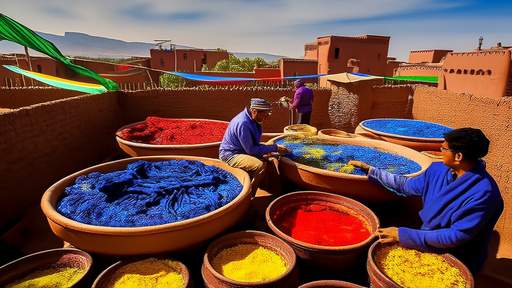
By /Jun 5, 2025

By /Jun 5, 2025
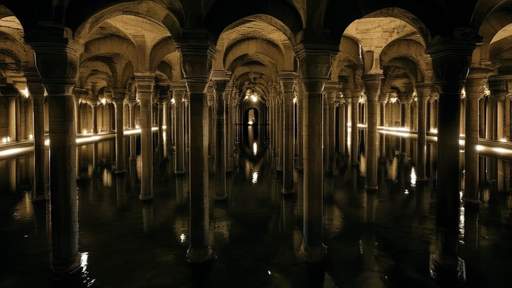
By /Jun 5, 2025

By /Jun 5, 2025
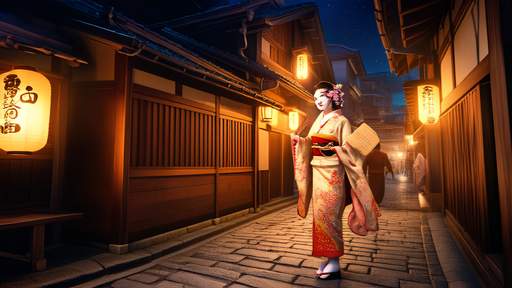
By /Jun 5, 2025

By /Jun 5, 2025

By /Jun 5, 2025

By /Jun 5, 2025
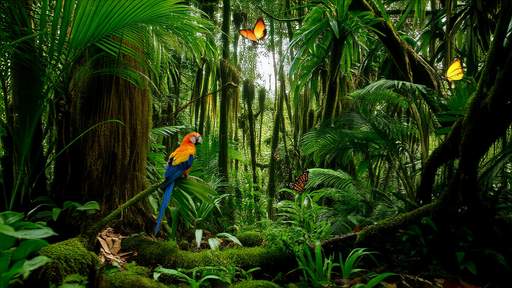
By /Jun 5, 2025

By /Jun 5, 2025

By /Jun 5, 2025

By /Jun 5, 2025
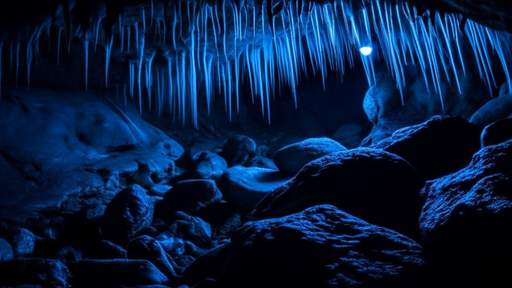
By /Jun 5, 2025
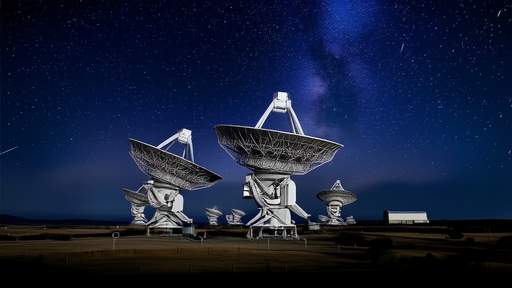
By /Jun 5, 2025

By /Jun 5, 2025

By /Jun 5, 2025
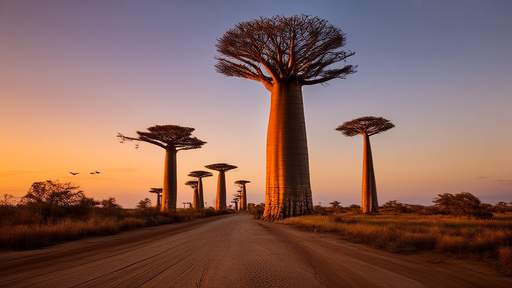
By /Jun 5, 2025